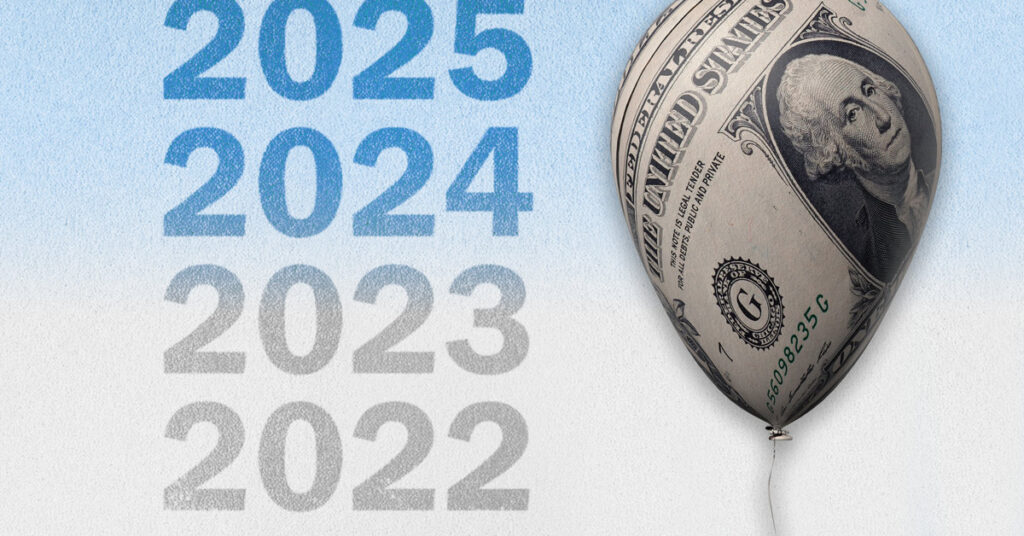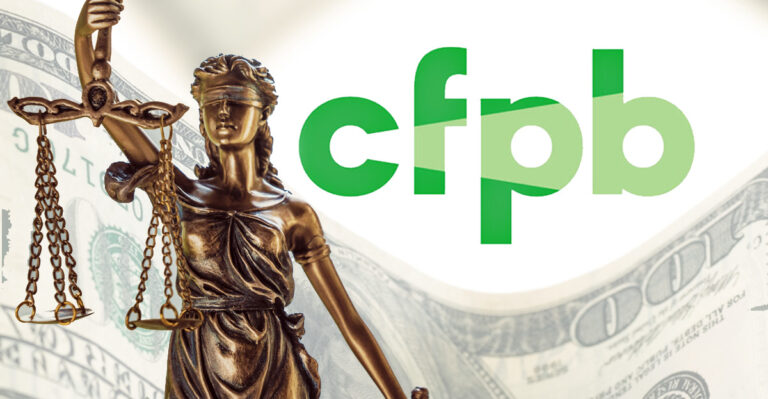Wholesale inflation had its fastest jump in three years, with the seasonally adjusted producer price index (PPI) increasing 0.9% month over month in July. This is significantly higher than the 0.2% increase economists had predicted, according to a Wall Street Journal poll. The PPI has risen 3.3% from a year ago.
The inflation numbers released Thursday by the U.S. Bureau of Labor Statistics (BLS) are especially important in the housing industry because some of the data in the PPI reports feeds into the personal consumption expenditures price index, which is the Federal Reserve’s preferred inflation criteria.
The inflation change slightly decreased the odds of a September interest rate cut by the Fed, according to the CME Group’s FedWatch tool. On Tuesday, a BLS report showed that the consumer price index (CPI) held steady at a 2.7% annual increase in July, leading U.S. Treasury Secretary Scott Bessent to urge a 0.5% rate cut.
The FedWatch odds of a cut had been 94.28% chance on Wednesday based on that news, but the odds dipped to 90.64% on the new PPI reports with the unexpected increase in inflation.
Selma Hepp, chief economist at Cotality, shared her thoughts on the new report with Scotsman Guide, saying that while the tariff impact may not be driving overall CPI higher yet, “there were outsized price gains in several housing categories, particularly windows and floor coverings, appliances, other household equipment, video equipment and sports equipment.”
“In terms of PPI, steel mill products have risen at a faster pace in recent months. Metals tariffs were an early item in tariff increases and rose again June 3, so primary nonferrous metals saw a strong price increase,” Hepp said.
The PPI blew past expectations in July in a nod to budding inflation pressures, according to Jackie Benson, Wells Fargo vice president and economist.
Get these articles in your inbox
Sign up for our daily newsletter
Get these articles in your inbox
Sign up for our daily newsletter
“We expect the Fed will prioritize the downside risks to the labor market and cut by 25 [basis points] each at the September, October and December meetings,” Benson stated in an email to Scotsman Guide.
Benson also said that much of the increase was concentrated in the services sector, namely in portfolio management.
“However, the goods sector is experiencing pressures as well. Input costs for construction materials were up 4.1% year over year in July,” Benson stated. “Construction has simultaneously taken a step back, suggesting that the increase in producer prices is owed to supply pressures (i.e., tariffs) rather than strong demand. High materials costs, along with tighter immigrant labor supply, are notable headwinds to residential construction.”
Kimber White is president-elect at the National Association of Mortgage Brokers (NAMB). He told Scotsman Guide that the inflation numbers have caused traders to scale back expectations of a significant Fed rate cut, leading to a loss of some of the mortgage rate gains we’ve seen over the past couple of days.
“Many lenders had been pricing in a larger Fed cut before this. I still believe we will see a small cut in September, but this will depend on inflation and other economic factors,” White stated, cautioning that if inflation persists, we could see interest rates rise instead of fall.
“Essentially, the recent inflation increase introduces more uncertainty regarding the future of mortgage rates and the overall market. It could result in higher rates if the Federal Reserve continues to prioritize combating inflation,” White added, citing economic factors and the Fed’s ongoing assessment of the economy as other significant influencers of mortgage rates. “I anticipate that Fed Chair Jerome Powell’s upcoming policy speech in Jackson Hole will offer some clues about the future direction of the markets.”





















































